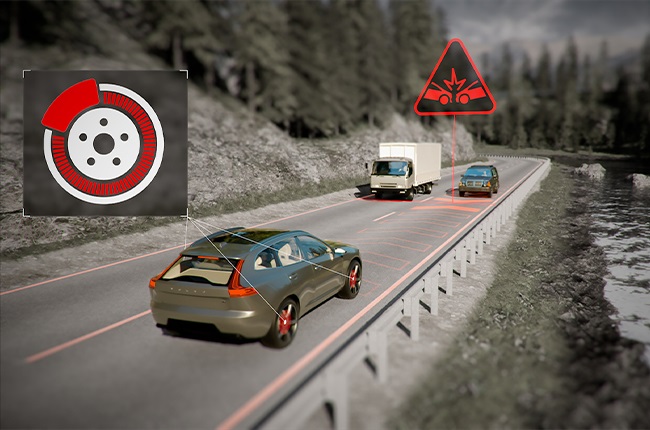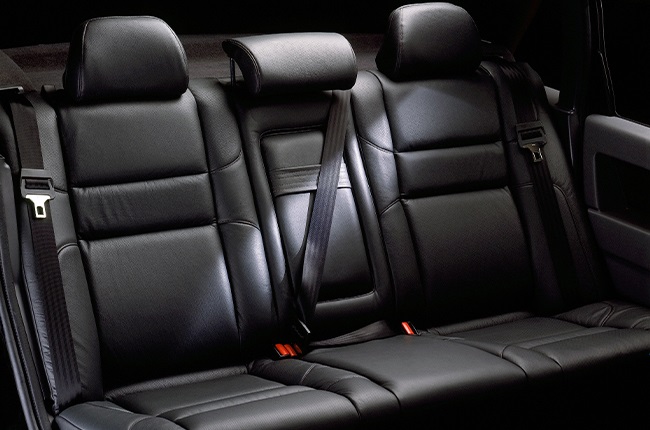• Modern cars are all fitted with numerous safety features.
• These features fall under one of two categories: Active and Passive.
• Seatbelts are a passive safety feature and one of the most important.
• For more motoring stories, go to Wheels24
South Africa has one of the world's poorest road safety records, which means that safety features in cars are essential. But did you know that you need the optimal combination of active and passive safety features, too?
To address this, we need to explain the difference between active and passive safety features. Active safety features are designed to prevent collisions and accidents from happening in the first place. Typical active safety features include anti-lock braking systems (generally referred to as ABS), cameras and alert systems such as BLIS - the latter, which Volvo invented, stands for Blind Spot Information System. It uses cameras or radars to detect vehicles alongside and offset to the rear of the vehicle.
When a car enters the blind spot area, a warning light comes on near the door mirror, giving the driver more time to react - hopefully thereby averting an accident.
Passive safety features
In a perfect world, accidents would never happen, and then the second category of safety features would never be required. That's because passive safety features protect the driver and passengers when an accident or collision occurs. The two most well-known passive safety features are the seatbelt and airbags. The former has been around since 1959 when Volvo engineer Nils Bohlin introduced three-point safety belts into the series production PV544. He's probably the person who has single-handedly saved the most motorists' lives.
It's estimated that over one million lives have been spared as a result of this super important passive safety feature.
WATCH: This is what a Volvo looks like being dropped from a 30m height
The two different forms of safety features - active and passive - frequently work hand-in-hand. For instance, an active safety feature such as animal detection technology (which works both day and night) will do its level best to help you avoid a kudu in the Karoo. But, if an accident still happens and you hit an animal, your car's seatbelts and airbags could well save your life.
So, the next time you're looking for a new or second-hand car, be sure to double-check those active and passive safety features!




 Publications
Publications
 Partners
Partners














